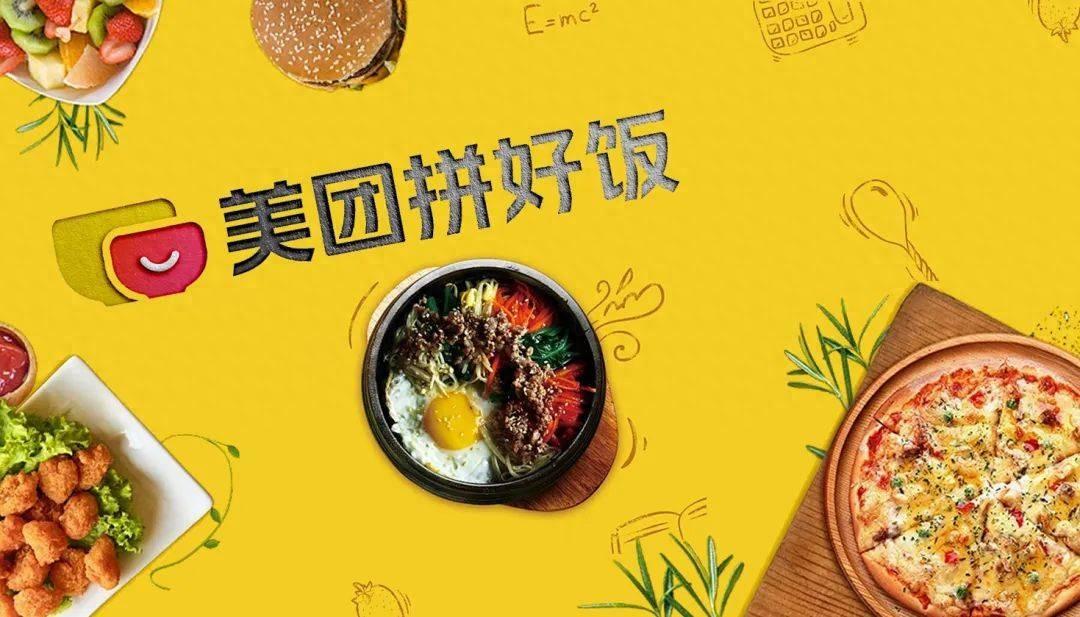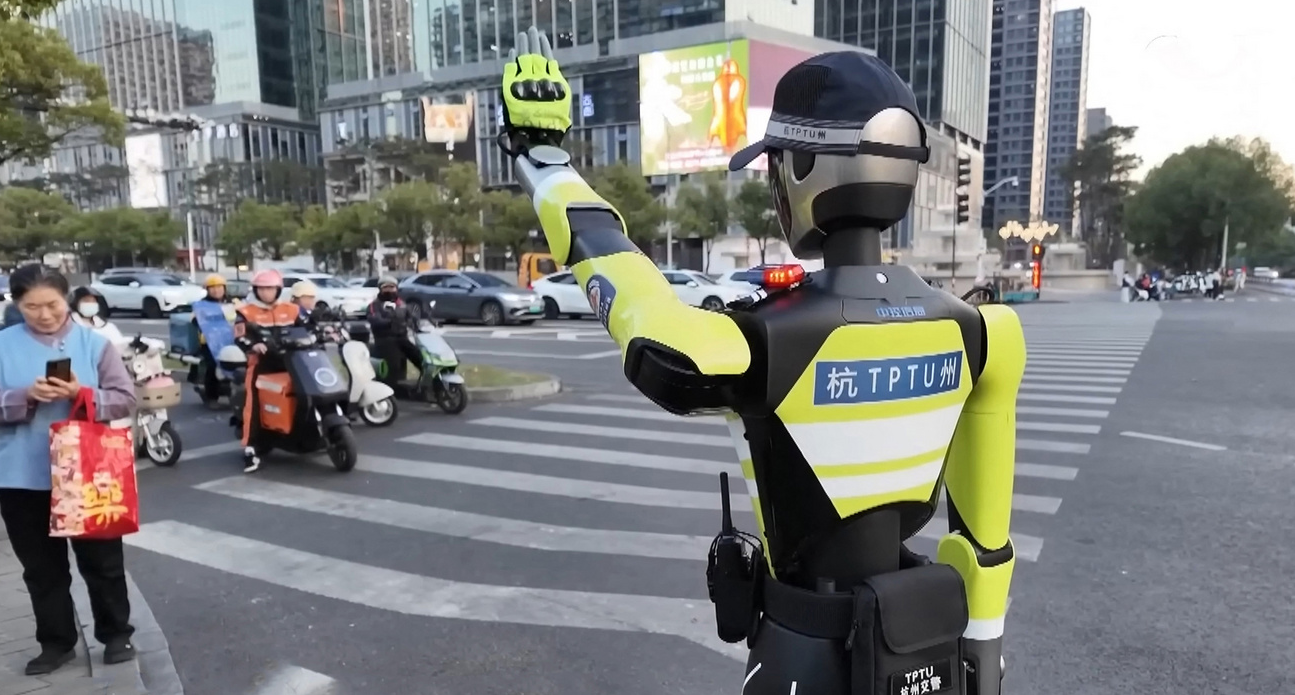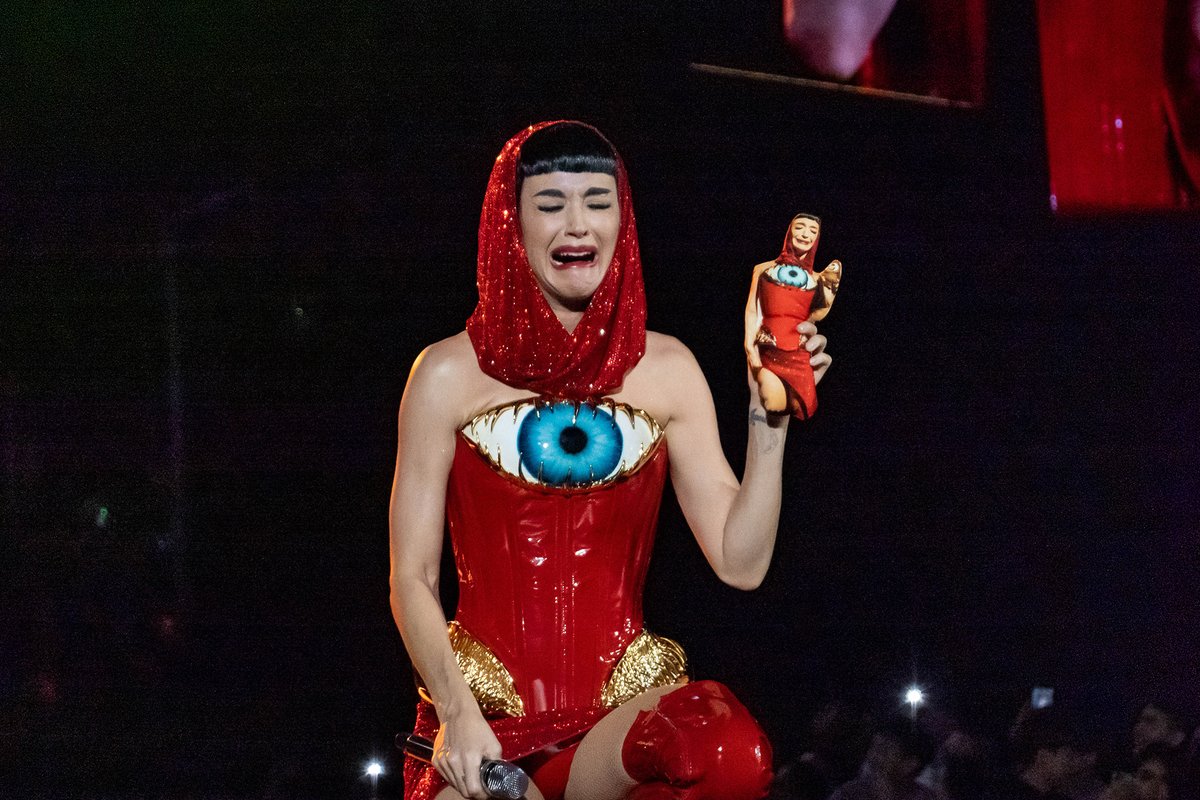In 2022, China’s largest food delivery platform introduced the pinhaofan service (拼好饭), roughly translating to “piece together a good meal.” Pinhaofan exploded in popularity in the latter half of 2024, and has been on the rise since. It allows customers located geographically close to each other to order the same food and place the order together as a group. Meals under this service range from 10 RMB (1.40 USD) cheaper than the original price to more than half off.
For regular orders, Meituan takes a percentage cut and the remaining is restaurant revenue. But for pinhaofan, Meituan sets a fixed revenue for each order type regardless of the order total.
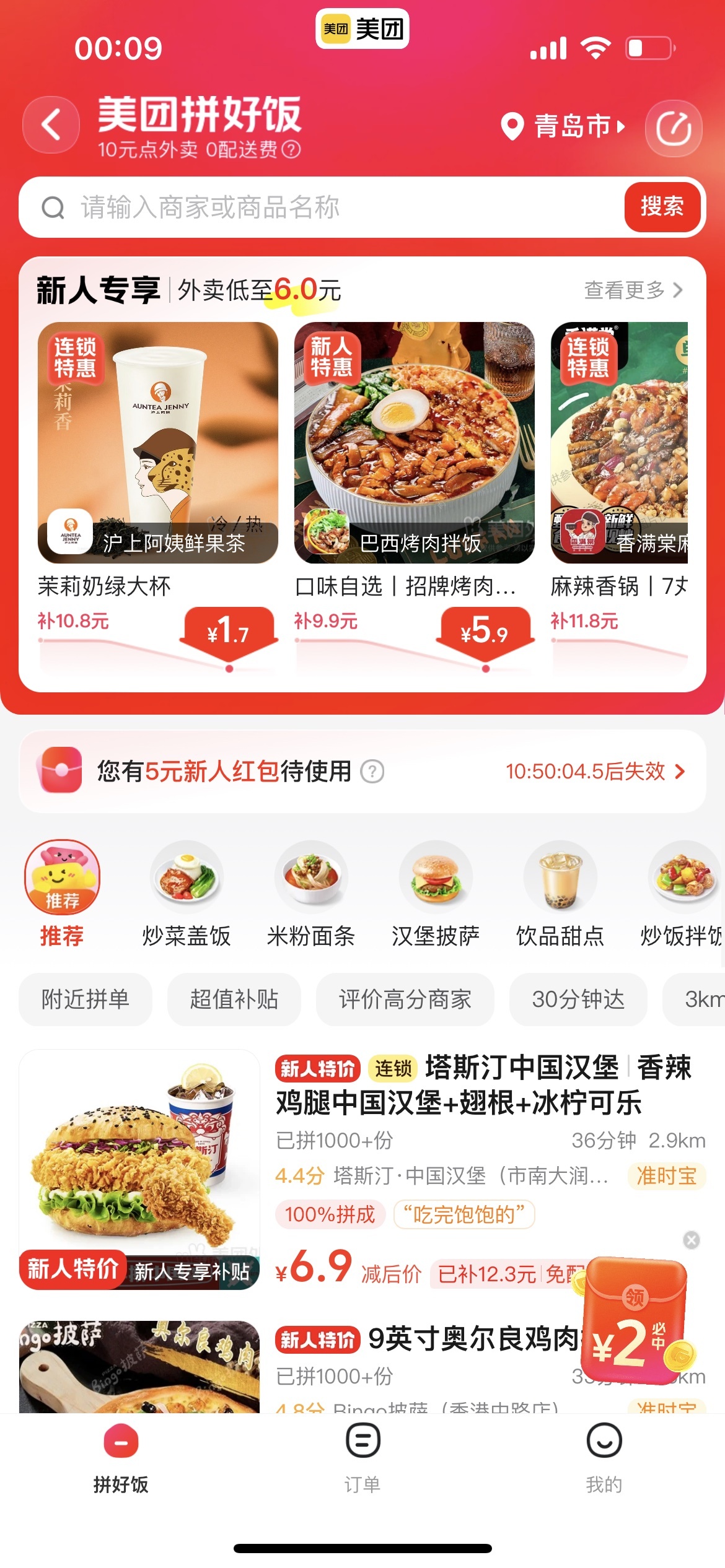
After considering packing, labor costs, and utilities, restaurants make significantly less profit. Some restaurants will use cheaper or fewer ingredients to combat the profit lost. For instance, replacing fresh ingredients with pre-cooked items and putting less care into the grouped orders. As a result, portion size, taste, and hygiene all take a hit.
The delivery drivers also earn less delivering pinhaofan as compared to regular orders, since multiple delivery fees are combined into a few. In late November, a driver was fired for spitting in pinhaofan orders to protest unfair earnings.
The service has been ridiculed for its unstable quality and hygiene concerns. Netizens joked, “Food in the pot is for regular orders, food on the counter is for discounted orders, and food on the floor is for pinhaofan orders.” Good, fast, and cheap, you can’t have all three. But for some, there is no alternative to affordability.
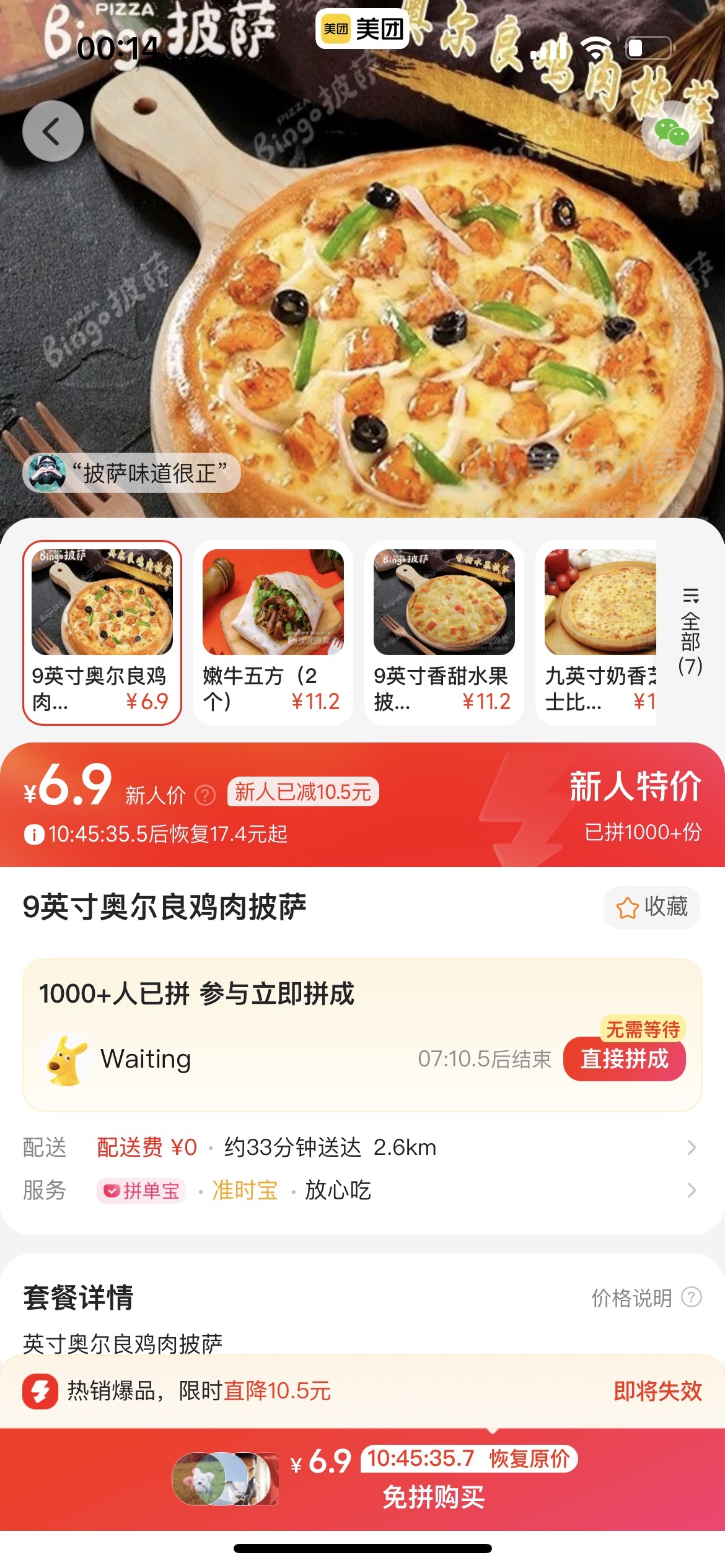
Despite growing controversies, Meituan’s 2024 third-quarter operating profit margin grew by over 10% compared to the previous year. At the end of 2024, pinhaofan had spread to over 60 cities, including 29 first- and second-tier cities. It is predicted that the pinhaofan trend will continue to increase Meituan’s order volume in 2025.
Though netizens still make morbid jokes about getting poisoned by pinhaofan orders, there are still college students and lower-income individuals who rely on the cheap meals as consumption downgrades. Meituan must carefully balance the benefits for customers, shop owners, and delivery drivers. Seeing Meituan’s success, China’s second-largest food delivery platform Eleme (饿了么) has followed with their own version of a pinhaofan service. Despite the sometimes brutal mockery this cheaper group delivery service has received online, only time will tell whether pinhaofan remains a stable feature in China’s food delivery ecosystem.
Banner image via caifuhao.eastmoney.com.

